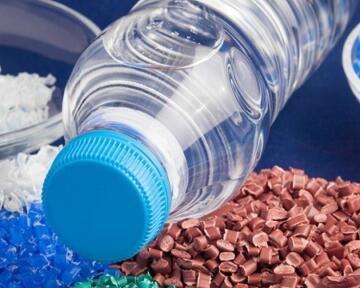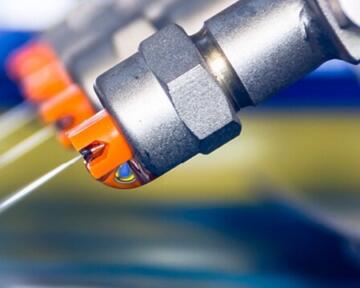Through cutting-edge Belgian research, this initiative aims to deliver a solution that meets the functional requirements of flame retardancy while aligning with sustainability principles from the earliest stages of development.
A Multi-Faceted Approach to Innovation
To achieve its goals, the project is structured around five core components:
1. Designing a Bio-Based Flame Retardant (TRL 1–3)
At the heart of the project is the design and early-stage development of a bio-based flame retardant for textile applications. Replacing existing fossil based brominated compounds with safer, renewable alternatives can significantly reduce environmental toxicity and support the circularity of textile products.
2. Developing Ecotoxicological Testing Methods
To evaluate the safety of the new compound, the team is developing tailored ecotoxicological testing methods. These tools will help assess environmental risks early in the design process, which is essential for meeting future regulatory and market expectations.
3. Adapting Technical Tests for Small Sample Sizes
Current standards for testing flame retardants on textiles are not always suitable for small-scale research samples. The Apeiron project is adapting these protocols to better fit the low Technology Readiness Level (TRL) of the materials being developed, ensuring that meaningful results can still be generated early in the process.
4. Assessing the Innovation Using the SSbD Framework
To ensure alignment with long-term environmental and human safety goals, the project applies the Safe and Sustainable by Design (SSbD) methodology. This includes using:
- project-generated test results
- in silico methods (computational models)
- a select number of toxicological screening tests, outsourced to certified labs
Together, these evaluations will provide a comprehensive picture of the compound's safety profile and sustainability potential.
5. Evaluating the SSbD Framework for Low-TRL Applications
Finally, the project will assess how effective the SSbD framework is for guiding innovations at early development stages. By doing so, it will contribute to refining tools that help innovators make responsible choices even before products are ready for market.
Contributing to a Safer Textile Industry
Some flame retardants are increasingly coming under scrutiny for their potential links to endocrine disruption, bioaccumulation, and ecotoxicity. By replacing these with less hazardous bio-based alternatives, this project not only improves product safety but also supports a shift toward a more circular and responsible textile industry.
A Foundation for Future Innovation
This project provides a roadmap for integrating safety and sustainability from the very beginning of product development. By combining experimental methods with SSbD principles and adapting testing tools to real-world constraints, the project facilitates a practical path forward for greener materials.
Its outcomes will be relevant for:
- scientists and product developers
- businesses looking to meet future regulations
- consumers demanding more responsible products.
The FPS Economy is not responsible for the statements relating to the project results. The implementation of the projects remains the responsibility of the winners.




